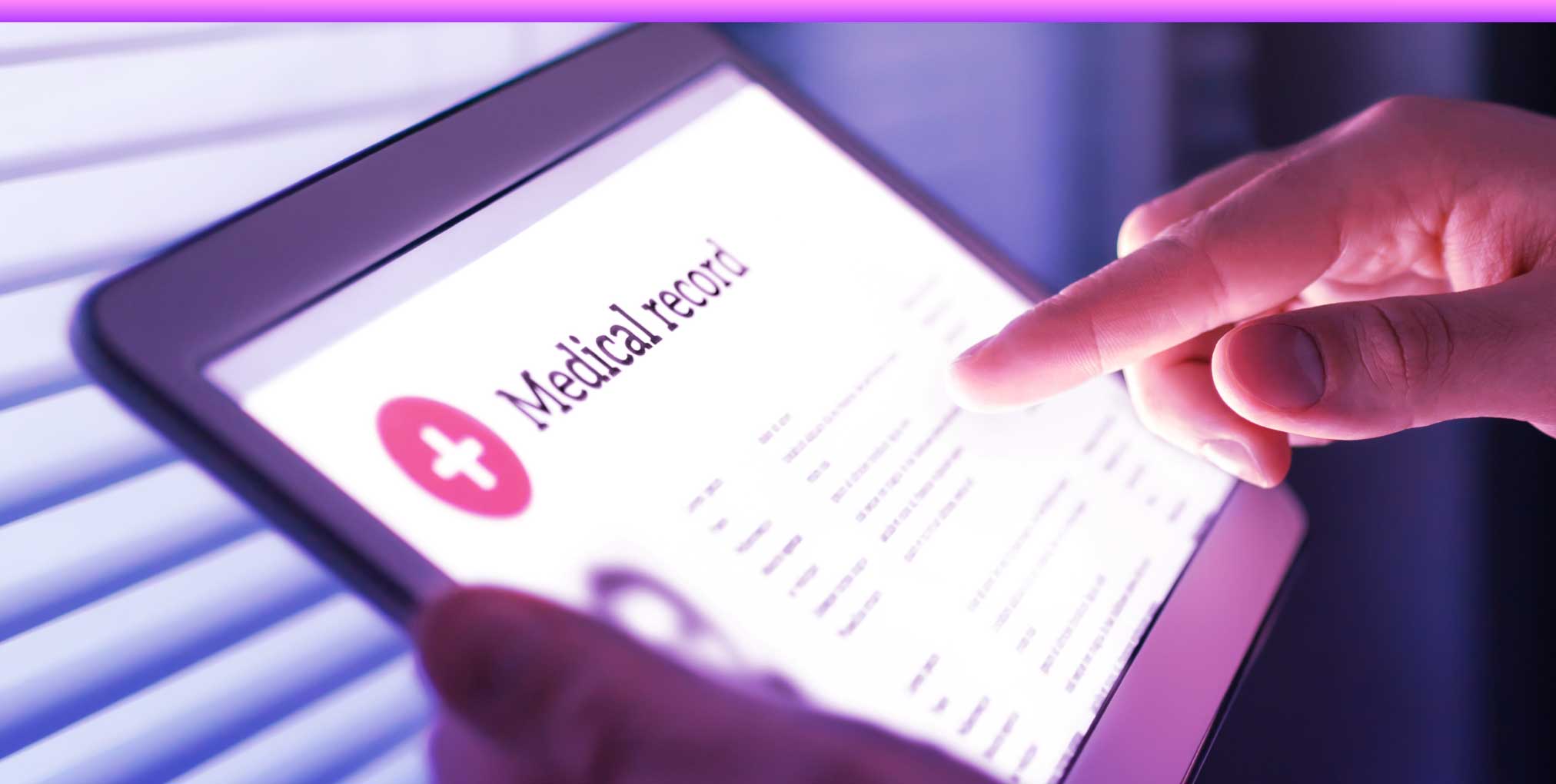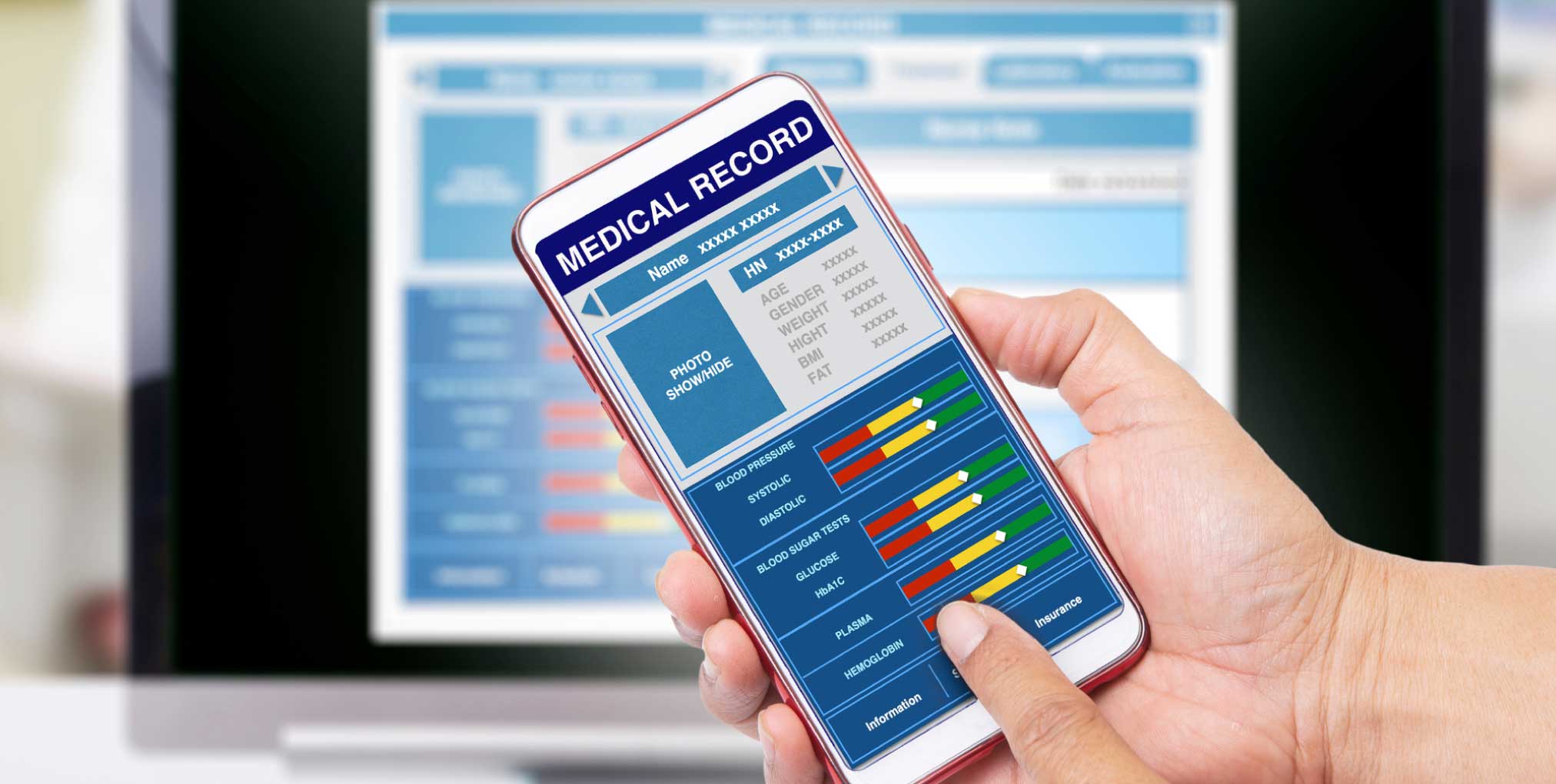

July 29, 2024
Healthcare data protection has never been more complex than in this digitized world. Numerous technological innovations, including EMR, HIMS, telemedicine, etc, have emerged to serve humanity more efficiently.
These healthcare solutions store sensitive patient information digitally and make it easier for providers to access it for coordinated care. Undoubtedly, they offer numerous benefits; however, this digitization of sensitive patient data is vulnerable to security threats.
A Statista report reveals that the cost of a healthcare data breach was $10.93 million from March 2022 till March 2023.
Given these high stakes, it’s crucial for healthcare providers to implement the necessary steps to secure patient information from data breaches and unauthorized access. In this article, we will learn about the importance of confidentiality of patient data and mention the 7 best practices for healthcare data security.

Protecting patient information is crucial for healthcare providers for a number of compelling reasons. It is not just an obligatory duty but a moral imperative to secure data. It acts as a source of nurturing patient relationships and earning their trust.
When patients feel confident that their personal information is secure, they are more likely to share comprehensive details about their health. It leads to better diagnosis and patient outcomes. Moreover, a satisfied patient spreads positive word-of-mouth that helps to attract more patients and improve revenue.
To address healthcare data security challenges, HIPAA in the United States and GDPR in Europe provide guidelines on how to protect patient data for healthcare providers. Organizations must comply with these authorities, or even the slightest misuse of health information or data breaches can lead them to legal action or hefty fines.
Taking your customers into confidence is necessary for healthcare providers. Transparency about why you need their information makes them feel valued and encourages them to share necessary details. However, once you have their medical information, you must ensure it is protected at all costs.
Here are 7 essential practices that healthcare organizations must follow for data protection in healthcare:
From March 2023 till Feb 2024, healthcare organizations have faced an average of 64 breaches per month, impacting roughly 11.5 million records each time.
Given the situation, healthcare providers must conduct regular risk assessments to secure patient information. It involves evaluating the impact of various threats and prioritizing the necessary security measures. By identifying and addressing shortcomings, they can prevent security breaches before they happen.
Continuous risk assessments ensure that new risks are managed effectively. Ultimately, a proactive approach helps you maintain patient trust and ensures compliance.
Data encryption is one of the best practices for HIPAA compliance and is essential for protecting patient information when transmitting information over open networks. It is a process in which data is scrambled to make it unreadable for unauthorized users without a key.
It is important to note that encryption should be applied to both stored data and data in transit. While it’s a powerful safeguard, relying solely on encryption isn’t enough; strong key management and additional security measures are necessary. By encrypting PHI, healthcare organizations add an extra layer of defense against cyber threats.

A huge number of data breaches in the healthcare sector happen due to human errors. It is crucial for any healthcare organization to provide the necessary education and training to its staff on patient data confidentiality.
Training should include recognizing phishing attempts, responding appropriately, and practicing safe browsing habits on systems accessing patient data. Moreover, regular refresher courses and awareness campaigns keep staff updated on new threats and reduce any risks.
Most healthcare providers partner with a third-party vendor to benefit from their solutions or services, such as medical billing services. If you’re partnering with a third party, it’s crucial to ensure their services and solutions comply with HIPAA and GDPR laws.
Under HIPAA, these third parties, known as “business associates,” must protect protected health information just like the healthcare provider. Both parties should sign a Business Associate Agreement (BAA) outlining their responsibilities. By managing vendor relationships, healthcare providers can secure patient information.
If you think that having security measures will keep the data breach threats away for a lifetime, you may not be right. Patient data security challenges occur despite having the best preventive measures in place. So, the question is: “How can you deal with such a scenario?”
Given the scenario, organizations must have a solid incident response plan. It ensures having a clear, organized process to follow in case of a breach. It includes steps for identifying and assessing the incident, containing and eradicating the threat, notifying affected parties, and restoring systems. Healthcare providers must regularly review and update the plan to prevent future incidents.
Did you know that outdated healthcare IT infrastructure can lead to security issues?
This can lead to stolen patient information, eroding trust and damaging your organization’s reputation. To overcome this patient data security challenge, healthcare organizations must update and patch their systems to swiftly address known threats. This involves not only operating systems but also applications, network devices, and any other technology handling patient data. It significantly lowers the risk of exploitation by attackers.
Due to the digitization of healthcare data, it is readily available to healthcare providers. However, it is necessary to control access to patient-sensitive information for security concerns. But the question here is: “How can we ensure that only authorized persons have access to healthcare data?”
This is possible by having unique and strong passwords, two-factor authentication, and role-based access controls in place. These healthcare data protection measures ensure that only authentic and authorized individuals can access patient information. Things didn’t end here; providers must regularly update and review access rights to ensure compliance with changing roles and regulations.
Xeven Solutions is a leading provider of healthcare AI solutions and services that prioritizes data security and compliance with international regulations. Our veteran developers ensure that your organization not only meets legal requirements but also improves patient-provider relationships. Partner with us to secure patient information, earn patient trust, attract more clients, and drive revenue.